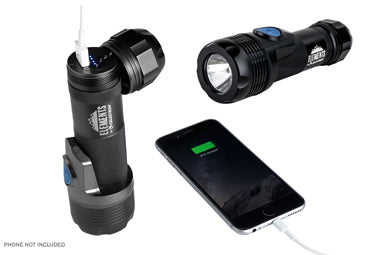Should I use a tripod or a monopod?
March 1, 2020
 A common question regarding tripods and monopods is, “Which one should I use?” The answer is a relatively simple one; however, it requires first answering three other questions first:
A common question regarding tripods and monopods is, “Which one should I use?” The answer is a relatively simple one; however, it requires first answering three other questions first:
- What optic is being used?
- Where is this optic being used?
- For what purpose is the optic being used?
What optic is being used?

As far as stabilization goes, a well-made tripod, whether it’s an Ultima, Hummingbird, TrailSeeker, or Regal, will hold any standard field binocular or spotting scope firmly in place for long duration viewing.
Full size spotting scopes—those with objective diameters of 60mm and larger—with magnification levels beginning at 15x-20x or more, such as the Ultima, TrailSeeker, and Regal M2 ED models, benefit from the stability a tripod’s three legs on the ground provide. Larger diameter binoculars, such as the SkyMaster models, are also often mounted on tripods.
Standard (40mm to 56mm objective) and mid-size binoculars (30mm to 35mm objective), such as the Nature DX and TrailSeeker, can be mounted on tripods for long-duration use. However, their smaller size also makes them very suitable for attaching to a monopod to increase their versatility in the field. Smaller spotting scopes (50mm to 56mm objective) such as the LandScout or Hummingbird units, as well as some of the smaller objective diameter (60mm to 65mm) models of the lighter weight spotting scopes, such as the Ultima 65, are also well suited to a monopod.
Where is this optic being used?
Tripods offer superb stability as well as the ability to be used hands-free; however, to provide these to handy features, they take up a fair bit of ground or floor space. If the binocular or spotting scope is being used in the wide-open spaces of the great outdoors, this isn’t generally a problem. Yet even out in the field, there are still things to consider that may limit the amount of space available to set up a tripod—trail width, for example, as well as surface, slope, and the number of people nearby.
This last is especially important to consider if the viewing location is a platform or hide. Viewing platforms, while frequently spacious, are often erected in scenic locations. Consequently, there may be a larger number of people, some of whom may not be familiar with “tripod courtesy” coming and going. Viewing hides, being enclosed, are often quite small and cozy, with narrow viewing portals that are best used with the optic positioned as close as possible to them—something fully extended tripod legs may not allow.
For what purpose is the optic being used?

For digiscoping through a full-size spotting scope, a tripod is preferred for its stability and ease of hands-free use. This, of course, is not to say that a monopod cannot be used for this purpose; in fact, they work very well when combined with a small spotting scope such as the Hummingbird and a NexYZ Smartphone Adapter.
If the spotting scope is to be carried by one of a number of people in the field together—a trip leader, teacher, or parent, for example—a tripod is essential to allow the optic to be focused on a subject and multiple viewers to take turns seeing it or for a NexYZ to be attached and the image shown to all at once via the screen of the smartphone.
For hiking or other activities where keeping the gear load as light as practically allowable, a monopod is the right choice for its smaller size and low weight; they can be used as handy hiking poles as well. Monopods are also quite useful in providing a bit of additional steadiness for older users for whom hand tremors might be a challenge, as well as in astronomical observing with lower magnification binoculars, such as the Cometron 7x50mm, as they provide added stability but still allow for quick and easy repositioning as needed.
So there you have it: the “whats,” “wheres,” and “for what purposes” of tripods and monopods. While there is no truly wrong choice, there are certainly some that are better than others given the particular combination of these three things. We hope the information provided here will help you make the best choice to enhance your enjoyment of your preferred activities.
How to mount binoculars on a tripod

Most Celestron binoculars have built-in 1/4x20 female threads to use with Celestron’s binocular tripod adapter or a similar aftermarket accessory. On most binos, look at the front of the central hinge for a cap that may or may not have the Celestron logo on it. This cap will either unscrew or pry off, exposing the 1/4x20 socket. Attach the binocular tripod adapter, which in turn will be attached to a standard photo tripod with a 1/4x20 screw.
The SkyMaster 20x80 and 25x100 models have a built-in tripod adapter rod with a similar socket. Simply screw your tripod’s 1/4x20 bolt directly into the rod’s threaded socket.

























